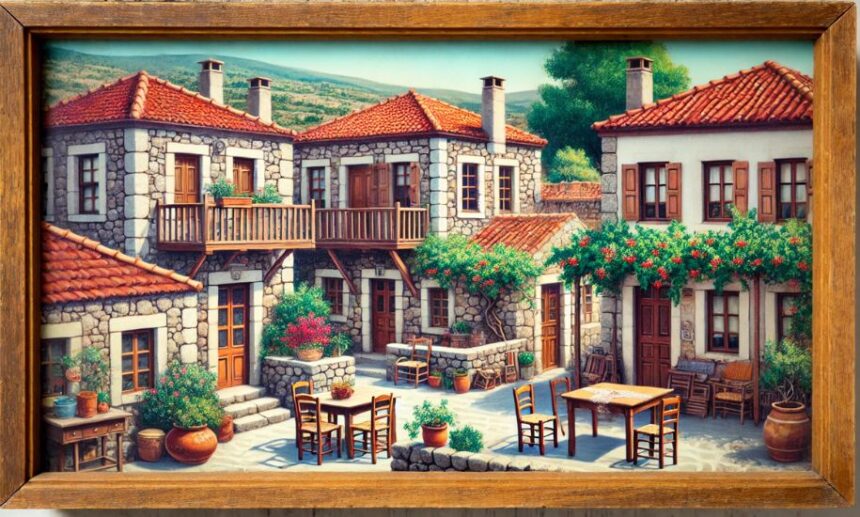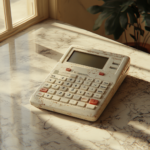Greek houses in the 1910 era offer a fascinating lens through which to explore the architectural, cultural, and societal dynamics of early 20th-century Greece. Market Blick brings you a detailed exploration of these homes that stood as a testament to a harmonious blend of traditional craftsmanship and evolving modern influences.
Understanding the Architecture of Greek Houses in the 1910
Greek houses in the 1910 were deeply rooted in traditional Mediterranean architectural principles. They were characterized by their simplicity, functionality, and a strong connection to the surrounding environment. Most homes were built using locally sourced materials such as stone, wood, and clay, which not only ensured durability but also maintained a connection to the natural landscape.
A defining feature of these homes was their thick stone walls, which provided insulation against the summer heat and winter chill. The roofs were typically tiled and sloped to allow rainwater to flow off efficiently, reflecting the practical considerations of the era. Small, strategically placed windows allowed natural light and ventilation while maintaining privacy.
Cultural Significance of Greek Houses in the 1910
In 1910, Greek houses were more than just places of residence; they were hubs of cultural and familial activities. The home represented a microcosm of Greek society, emphasizing community and hospitality. The courtyard, often a central feature, was a space for gathering, cooking, and celebrating traditional events. It symbolized openness and the blending of indoor and outdoor living.
The interiors of Greek houses in the 1910 were modest yet functional. Furniture was typically handmade, reflecting the craftsmanship of the time. Decorative elements such as embroidered textiles, handwoven rugs, and pottery showcased the artistic talents of Greek households. These elements were not just aesthetic but also carried cultural and symbolic significance.
Regional Variations in Greek Houses in the 1910
While there were overarching themes in Greek architecture, regional variations added diversity to the design and construction of homes in 1910. For instance:
- Cycladic Houses: Found in the Aegean islands, these homes were characterized by their whitewashed walls and cubic shapes. The design minimized heat absorption and reflected the island’s vibrant sunlight.
- Macedonian Houses: In northern Greece, houses featured more elaborate wooden balconies and detailed carvings, reflecting Ottoman influences.
- Peloponnesian Houses: These homes were built with stone and often included arched doorways and windows, emphasizing their robust structure.
Urban vs. Rural Greek Houses in the 1910
Urban and rural Greek houses in the 1910 showcased distinct differences. In urban areas, homes began to incorporate neoclassical elements, reflecting the influence of European architectural trends. High ceilings, symmetrical facades, and ornate details were common in city homes, catering to the rising middle and upper classes.
In contrast, rural houses retained their traditional simplicity. Farmers and villagers prioritized practicality over aesthetics, resulting in functional designs that catered to agricultural lifestyles. Storage spaces for tools, livestock, and harvests were integral parts of rural homes.
Modern Influences on Greek Houses in the 1910
The early 20th century marked a period of transition for Greece, with modernization slowly influencing its traditional architecture. This era saw the incorporation of modern materials like cement and glass, although these elements were sparingly used. Urbanization and the growing influence of European styles began to leave their mark, especially in cities like Athens and Thessaloniki.
However, the essence of Greek houses in the 1910 remained rooted in tradition. The resilience of these architectural forms and their adaptability to modern demands speak to the ingenuity of Greek builders and designers.
Sustainability and Environmental Harmony
Greek houses in the 1910 were inherently sustainable, long before the term became a modern buzzword. The use of local materials minimized transportation costs and environmental impact. The designs were energy-efficient, leveraging natural light and ventilation to reduce dependency on artificial resources.
This environmentally conscious approach was not only practical but also a reflection of the Greek ethos, which valued harmony with nature. Market Blick highlights how these principles resonate even today, offering valuable lessons for contemporary architecture.
The Role of Greek Houses in Community Life in the 1910
Greek houses in the 1910 were more than architectural entities; they were integral to community life. Neighborhoods were closely knit, and the design of homes facilitated social interaction. Shared walls, communal courtyards, and open spaces fostered a sense of belonging and mutual support.
The traditional Greek concept of “philoxenia,” or hospitality, was deeply embedded in the lifestyle of the time. Guests were warmly welcomed, and the home was a reflection of the host’s generosity and warmth. This cultural value is still celebrated in Greece today.
Preservation of Greek Houses from the 1910
Today, many Greek houses from the 1910 era are preserved as historical landmarks or repurposed as boutique hotels and museums. Their enduring appeal lies in their timeless design and the stories they tell of a bygone era. Efforts to restore and maintain these structures underscore their significance in Greek heritage.
Market Blick recognizes the importance of these homes as cultural treasures, advocating for their preservation as a link to Greece’s rich past. They serve as reminders of a time when simplicity and functionality seamlessly coexisted with beauty and tradition.
Conclusion: Lessons from Greek Houses in the 1910
Greek houses in the 1910 offer a remarkable blend of tradition, practicality, and aesthetic appeal. They reflect the resilience and creativity of Greek society in adapting to both environmental and cultural demands. For architecture enthusiasts and cultural historians alike, these homes provide a window into an era where living spaces were designed with a profound respect for nature and community.
Market Blick invites you to explore the enduring charm of Greek houses in the 1910 and consider their relevance in today’s quest for sustainable and meaningful living spaces. As we look back at these historical homes, we find inspiration for building a future that values simplicity, harmony, and connection.







